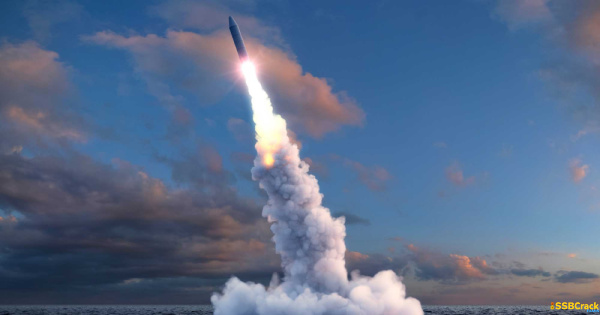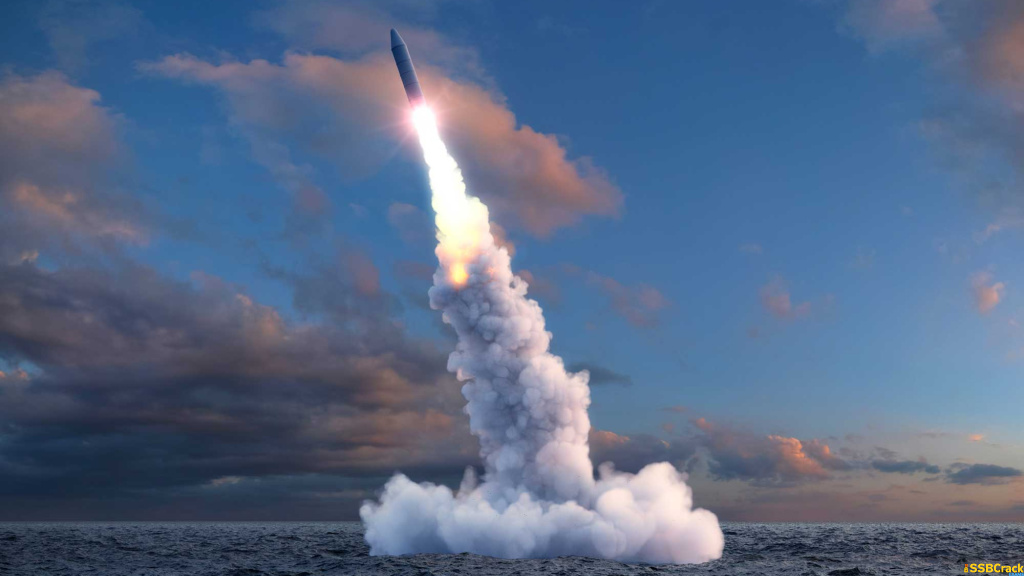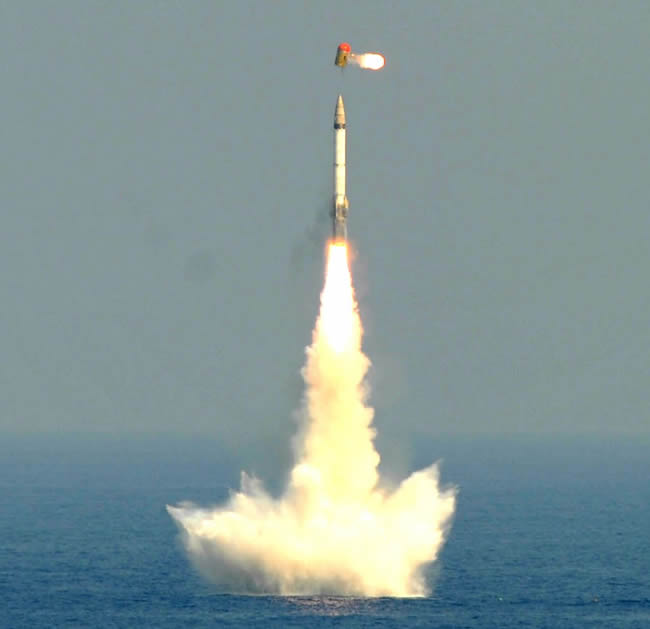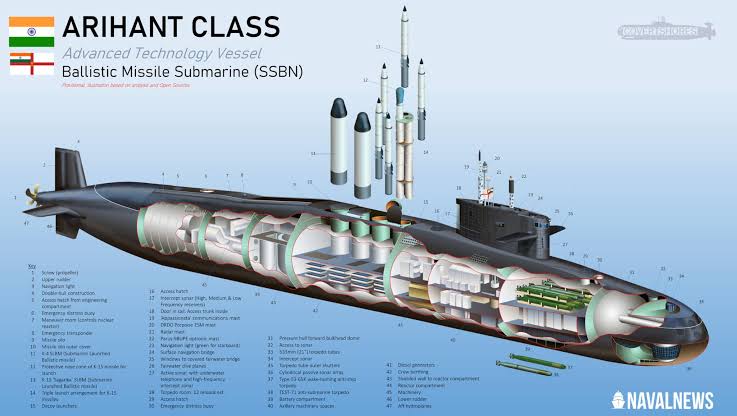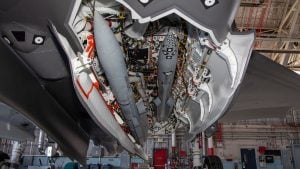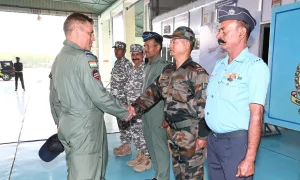Defence Research and Development Organisation tested a K-15 submarine-launched short-range nuclear-capable ballistic missile from Dr Abdul Kalam Island. It is also known as “Sagrika” and has a range of about 750 kilometres. It is currently in service with India’s SSBN Fleet. The missile is part of India’s nuclear deterrence triad and will give retaliatory nuclear strike capabilities.
K-15 Nuclear Capable Submarine Launched Ballistic Missile (Sagarik SLBM)
The Sagarik SLBM is intended for nuclear retaliation. The K-15 is a two-stage submarine-launched ballistic missile that ejects from its launch platform and rises to the surface of the water using a gas booster. After the missile reaches a predetermined altitude, a solid rocket motor is ignited. The missile has a range of approximately 750 kilometres (466 miles).
The success of the test has demonstrated India’s command and control architecture for retaliatory strike operations, in addition to establishing India’s’second strike’ capacity. When deployed, submarines must maintain contact with the command and control centre in order to receive launch instructions as needed. This is especially important in the case of a nuclear-armed submarine, such as INS Arihant, which would require permission from the Nuclear Command Authority to launch a nuclear-tipped missile.
The test validates the maritime leg of India’s nuclear triad, which includes the ability to conduct a nuclear strike from land, air, and sea. With the conclusion of the first deterrence patrol by INS Arihant that year, India established its nuclear trio.
Given its no-first-use nuclear policy, India needs to demonstrate the ability to launch a second strike or respond to a nuclear attack with one of its own. A reliable second-strike capability is a requirement for effective strategic deterrence.
To avoid discovery, these subs can stay below for extended periods of time. In the event of a first attack that destroys land-based nuclear delivery capabilities, India can retaliate with its remaining SSBNs. For this, India will require a continuous at-sea deterrent, which will be provided by the commissioning of the three SSBNs already in the works — Arighat, S4 and S4*.
To crack the SSB Interview and join the Indian Army as an Officer, You can join our SSB interview live classes batch and we recommend you to Enroll SSB INTERVIEW ONLINE COURSE. Trusted by thousands of defence aspirants.
Also read:
- Project Varsha: Building India’s Secret Nuclear Submarine Base
- INS Arighat: India’s Second Nuclear Submarine To Enter Service By 2024
- Complete List Of Submarines Operated By Indian Navy
- How To Become An Indian Navy Submariner?
- Complete List Of Submarines Operated By Indian Navy
- All You Need To Know About Indian Navy Submarines
